- Tanzania
- Things to do in Arusha
- Olduvai Gorge
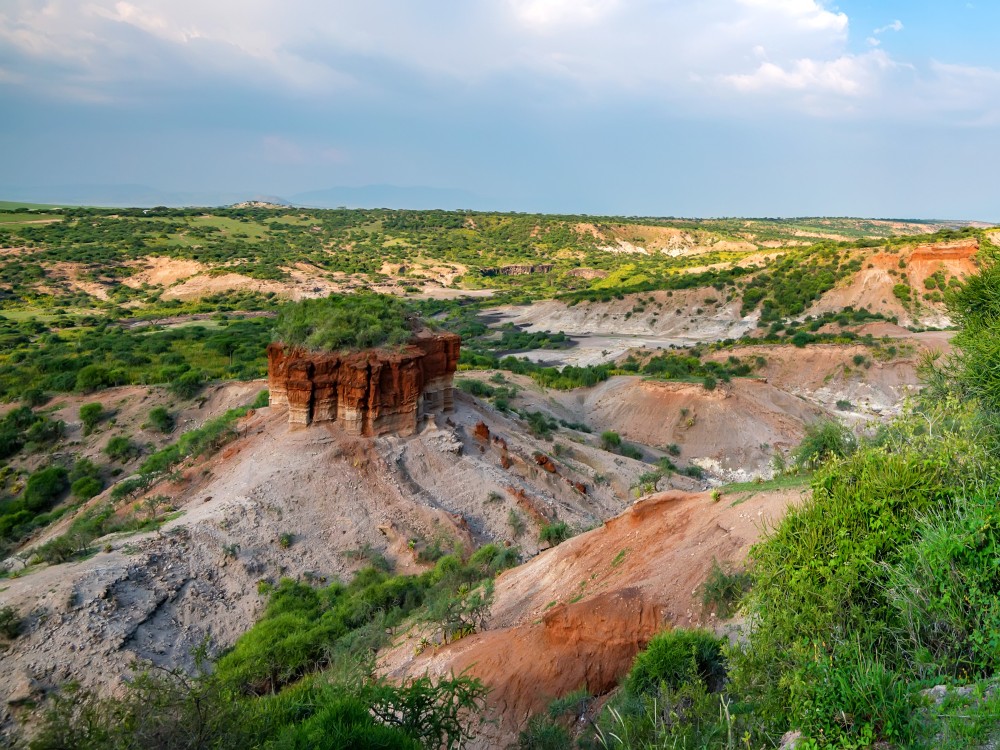
Olduvai Gorge
Olduvai Gorge, often referred to as the "Cradle of Humankind," is one of the most significant archaeological sites in the world. Located in the Ngorongoro Conservation Area, it is famous for the discovery of some of the earliest evidence of human evolution, including fossilized remains and stone tools. Stretching over 50 kilometers, the gorge offers stunning views of the surrounding savannah and is a UNESCO World Heritage Site. Visitors can explore the site where early human ancestors, such as Homo habilis and Homo erectus, once roamed, making it a must-visit for history buffs and those interested in anthropology.
Olduvai Gorge Tours & Tickets
The Basics
Olduvai Gorge is approximately 1.8 million years old and has been the site of many important fossil discoveries. The gorge is about 30 kilometers long and up to 90 meters deep in some places. It was here that Mary and Louis Leakey made groundbreaking discoveries in the 1960s, uncovering ancient hominid fossils and tools that provided insight into the evolution of human beings. Today, visitors can learn about these discoveries at the Olduvai Gorge Museum, which displays replicas of the fossils and artifacts found in the area. The site offers guided tours that take you through the gorge, explaining its historical and scientific significance.
Things to Know Before You Go
Visiting Olduvai Gorge is an incredible experience, but it's important to be prepared. The site is located in a remote part of Tanzania, and the roads leading to it can be rough, so traveling by 4x4 vehicle is recommended. The site is relatively small, so a visit typically lasts a few hours, but it’s ideal to arrive early to make the most of your time. The area can get quite hot, so bring sun protection, such as sunscreen, a hat, and sunglasses. Water and sturdy walking shoes are also essential, especially if you plan to hike along the gorge. Make sure to bring cash for entry fees, as card payments may not be accepted.
How to Get There
Olduvai Gorge is located about 60 kilometers from the Ngorongoro Crater and 150 kilometers from Arusha, Tanzania. The best way to reach the gorge is by road, and most travelers hire a guide or join a tour group from Arusha or the Ngorongoro area. The journey typically takes about 3 to 4 hours from Arusha, passing through scenic landscapes and small Maasai villages along the way. Alternatively, some visitors may arrange a visit as part of a larger safari package that includes other nearby attractions, like the Serengeti or Ngorongoro Crater.
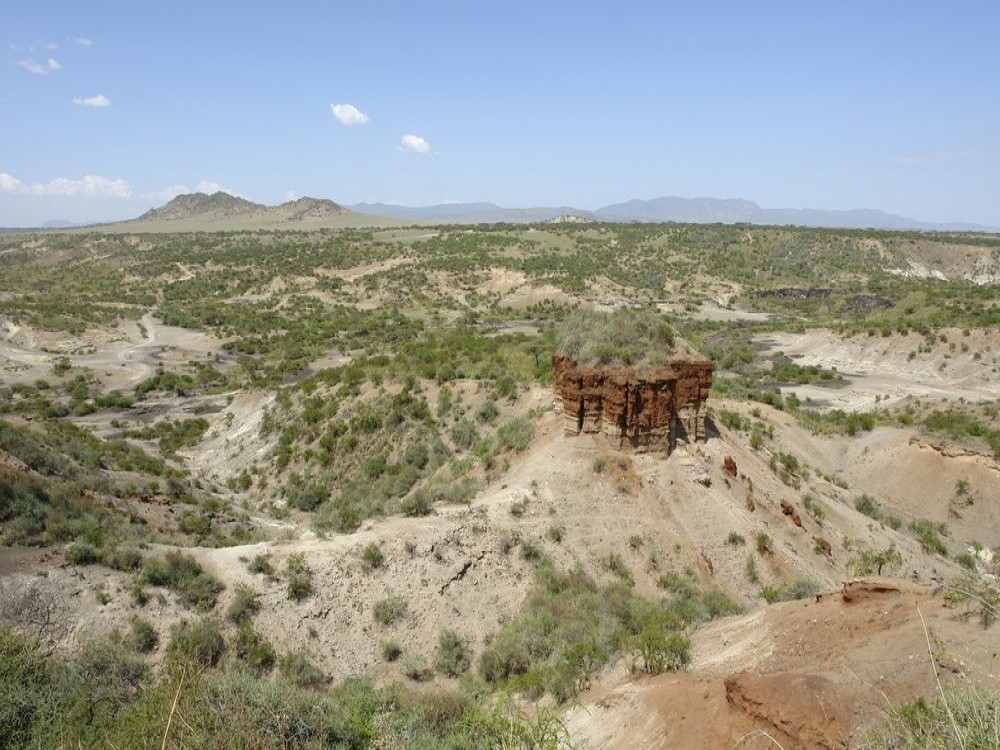
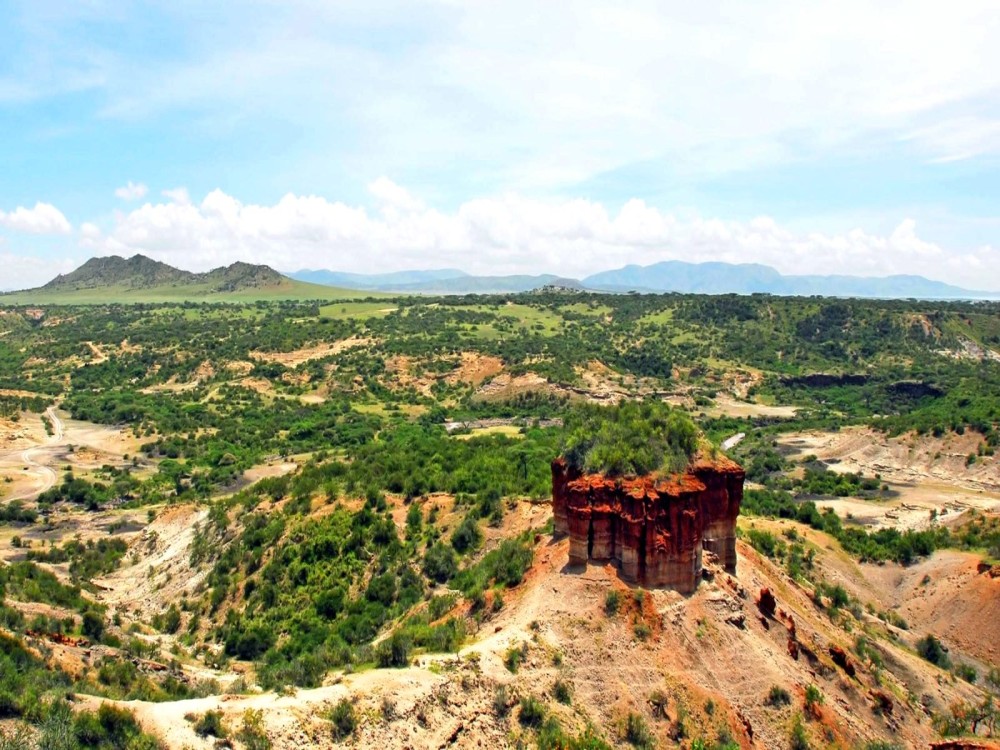
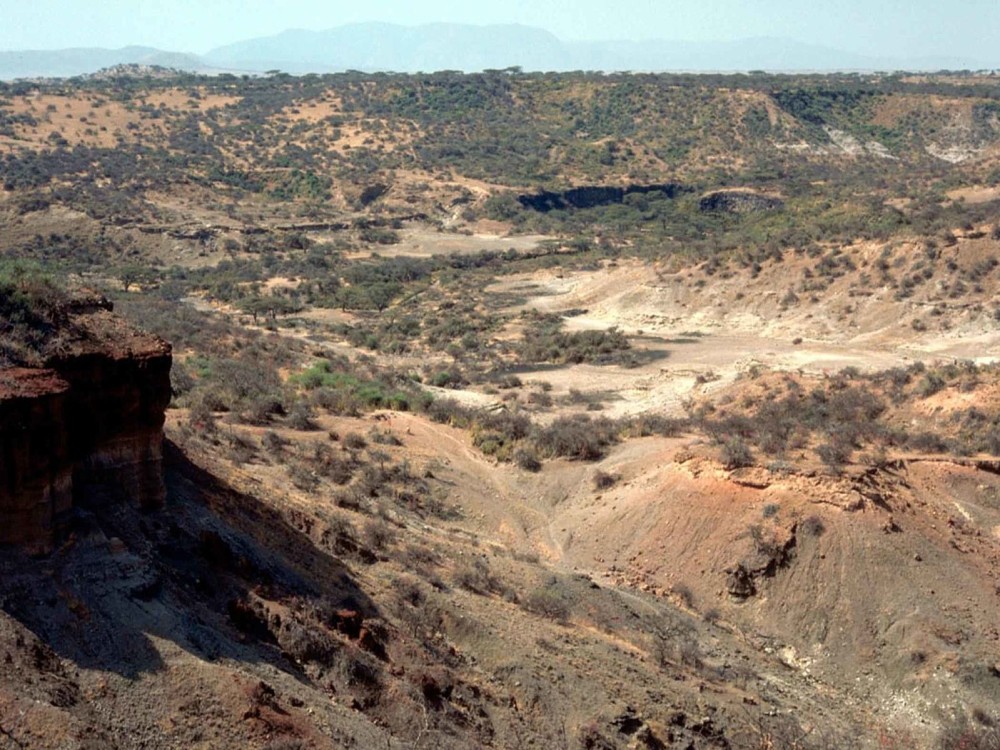
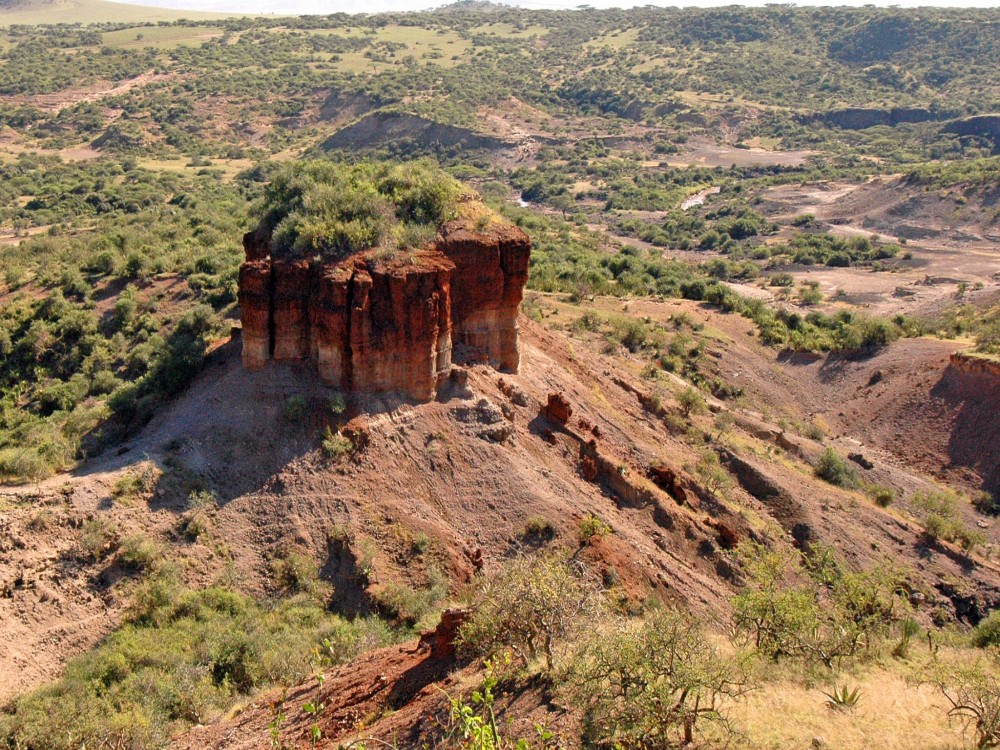
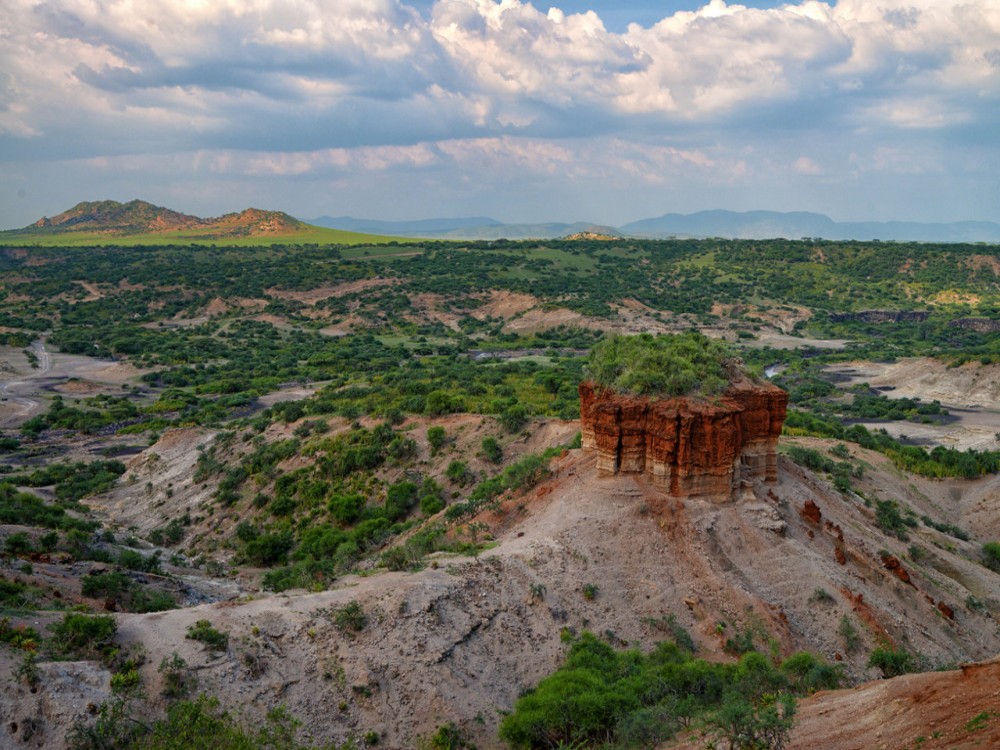
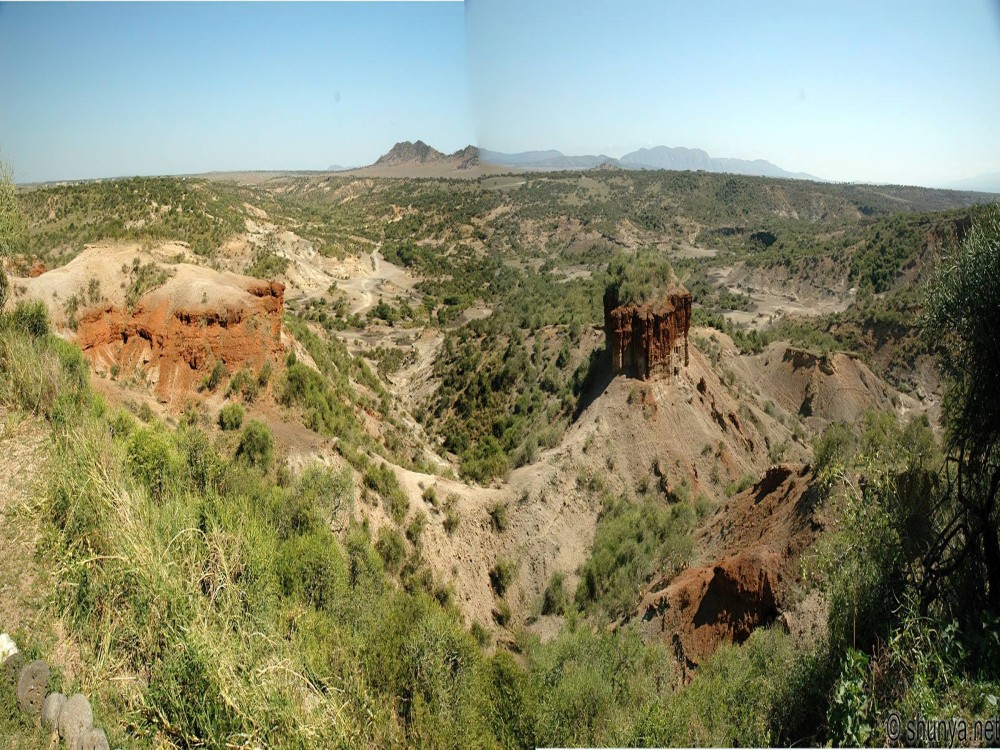

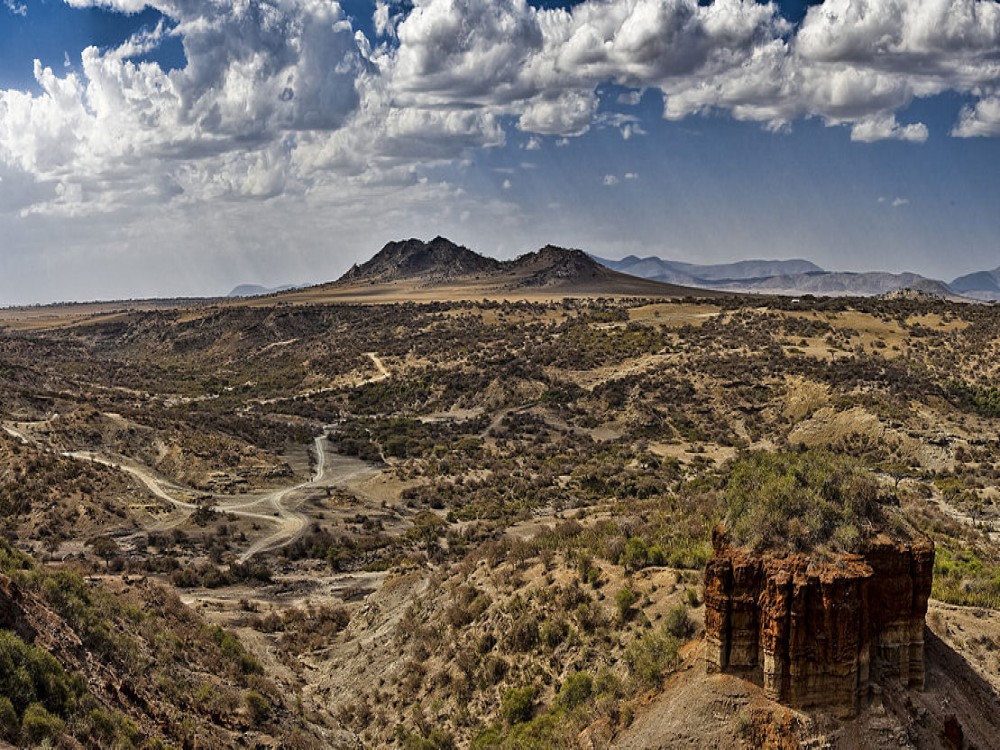
When to Get There
The best time to visit Olduvai Gorge is during the dry season, from June to October, when the weather is more predictable and the roads are easier to navigate. This period also offers the best wildlife viewing opportunities in the surrounding areas, including the Serengeti and Ngorongoro Crater. However, Olduvai Gorge can be visited year-round, as it is primarily an archaeological and historical site. The wet season (November to May) can bring rain and mud, making travel to the gorge more difficult, so it’s best to plan accordingly if you visit during this time.
Day Trips from Arusha
Olduvai Gorge can easily be included in a day trip from Arusha or Ngorongoro Crater. Many safari operators offer day tours that combine a visit to Olduvai Gorge with a trip to nearby attractions such as the Serengeti or Ngorongoro Crater. On a day trip, you’ll have the chance to explore the gorge, visit the museum, and learn about its rich history. Although a day trip is sufficient to experience the main highlights, a longer stay in the area can allow you to explore more of the surrounding landscapes and Maasai villages, providing a deeper understanding of the cultural and historical significance of this remarkable site.
Copyright © 2025 All Rights Reserved


